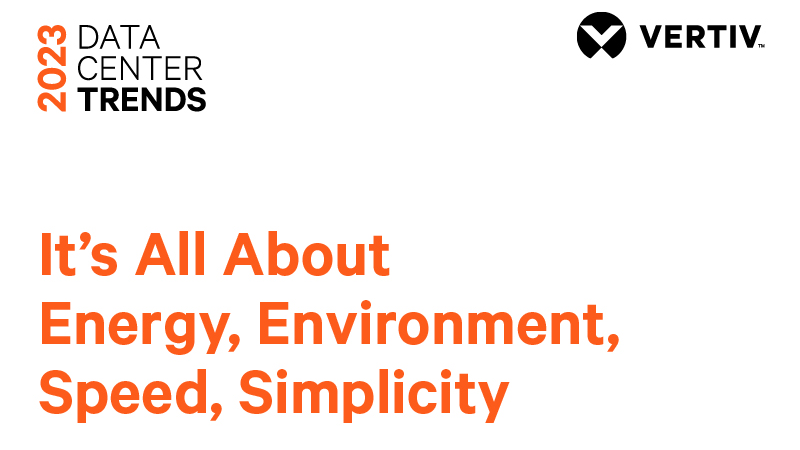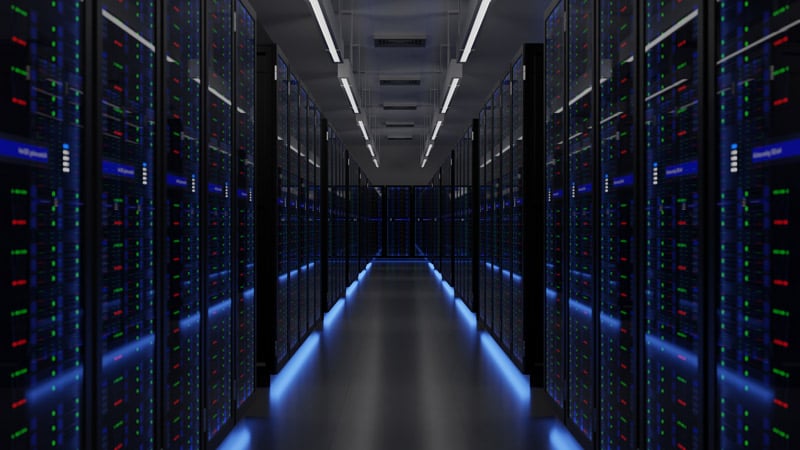2022 was a positive year for the Latin American data center industry in terms of investment and infrastructure. Throughout the year, we saw multi-million dollar projects announced and developed in the region, from companies such as Microsoft, AWS, Google, Ascenty, Odata and Equinix, among others.
As indicated by the firm Research and Markets, our region is becoming an attractive destination for the construction of data centers, due to factors driven by business digitization, such as increased adoption of cloud services, the Internet of Things (IoT) and Big Data.
While Brazil continues to be the undisputed leader in the regional data center market, countries like Mexico and Colombia grew in 2022 as major technology centers in the region.
The strong performance of the industry over the past year paints an even more encouraging picture for 2023 and the years to come. According to Arizton, data center investments in the region will increase to US$9.11 bllion between 2021 and 2027, with a compound annual growth rate (CAGR) of 7.13%.
This represents a panorama of great opportunities for Latin America. By analyzing the behavior of the data center industry in the region and the world, Vertiv has identified five trends that will set the tone this coming year, and that will be key to optimizing the Latin American market in 2023:
-
Increase in regulations: According to estimates, data centers consume between 1% and 3% of global electricity use and, in addition, an approximate use of between 5 and 8 million gallons of water per megawatt of total power each year. Under this scenario, greater control and supervision are expected in 2023 by government agencies.
At Vertiv we have seen a growing interest from Latin America’s data center operators in certifying their operations, especially after the pandemic. In the last two years we have supported multiple projects in Chile, Peru, Brazil and Bolivia, among other countries in the region, that seek to get ahead of expected regulation and make their operations more efficient regarding the consumption of these resources in data centers.
-
Prefabricated modular infrastructure: Many enterprise data center operators will opt for pre-built modular infrastructure in the future, suggesting that this will be the new normal.
According to Research and Markets, in Latin America, the deployment of modular data centers and sustainable material is expected to reach a value of US$825 million in 2027, from US$455 million in 2021.While their report suggests cost savings and a push toward sustainable materials is driving the trend, Vertiv predicts that the speed and efficiency inherent in standardized offerings are equally important to customers, and will become a default approach for enterprise, hyperscale and network edge.
-
Diesel generators have some competition: As part of the search for cleaner and more effective alternatives that help reduce the carbon footprint and energy consumption, hydrogen fuel cells are positioned as a significant alternative to diesel generators. Other options include deploying new battery technologies, such as lithium-ion, for extended backup power.
-
Rise in liquid cooling technologies: Data centers have seen the need to incorporate computing systems in smaller spaces, as well as to increase the density of the racks. Therefore, next year, efficient and compact liquid cooling technologies are positioned for higher adoption to meet the thermal needs of high density IT systems.
-
Increased deployment of 5G: In the next five years, half of the regions mobile subscriptions will be 5G. According to Statista, the 6 largest economies in Latin America (Brazil, Mexico, Argentina, Colombia, Chile, and Peru) will invest around US$120 billion for the integration of the 5G network. Accelerated 5G adoption will enable low latency applications such as artificial intelligence and virtual reality, technologies that will increase the number of network edge sites, and the required supporting infrastructure.
It is crucial that data center operators in the Latin American region seek efficient use of resources in this coming year. Certainly, innovation and technology set the stage for industry growth, but concrete leadership actions are also required to maximize the great opportunities that lie ahead for 2023.
For more information on industry trends for 2023, visit Vertiv.com.







